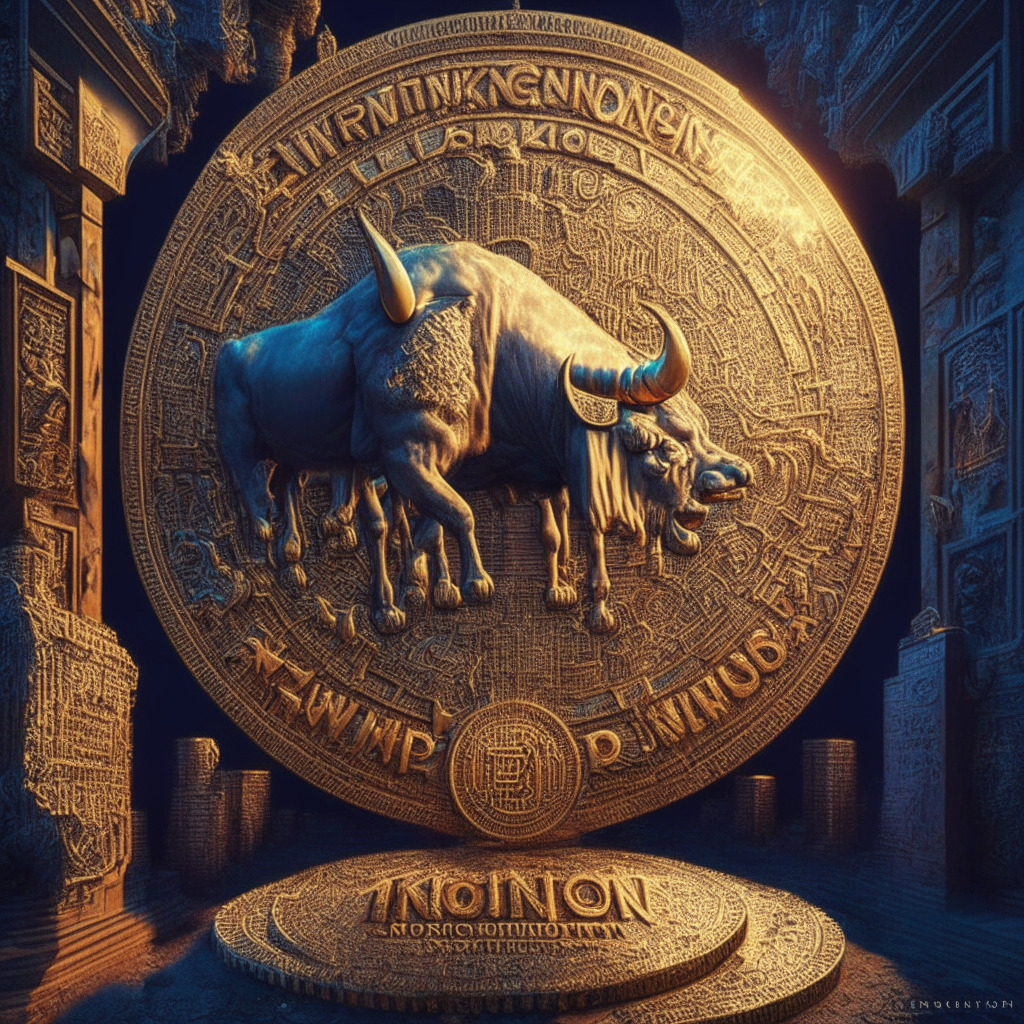The translation industry has undergone significant changes with the introduction of artificial intelligence (AI) systems, automating and enhancing the translation process. AI-powered translation systems leverage machine learning algorithms and natural language processing techniques to analyze and produce accurate translations in their respective target languages.
Different types of AI-powered translation systems such as Rule-based Machine Translation (RBMT) and Statistical Machine Translation (SMT) have long been implemented. However, Neural Machine Translation (NMT) has gained significant traction in recent years because of its improved ability to represent context, semantics, and complexities of languages. NMT systems use deep learning methods and neural networks to produce translations, with better performance in comparison to older technologies. Many popular translation services and applications incorporate NMT systems.
The use of AI in translation offers several advantages, such as speed and efficiency, consistency in translation, customization and adaptability, and continuous improvement through user feedback. Some popular AI tools for translation include Google Translate, Microsoft Translator, DeepL, Systran, and Trados Enterprise. These translation tools utilize machine learning and natural language processing techniques to offer various levels of translation services, with some offering both free and paid versions.
However, there are concerns about the limitations of AI in translation. RBMT systems often produce accurate translations, but they may be less useful for more complex translations due to the limitations and complexity of linguistic systems. SMT systems, even when fed with more training data, may still struggle with unusual or rare phrases. Additionally, the continuous improvement of AI systems relies on user feedback, which may not always lead to optimal translation quality.
Despite these concerns, AI-powered translation systems have significantly improved the efficiency and productivity of the translation process, catering to the diverse needs of industries and users. As AI technology evolves, further advancements in translation systems are expected, leading to even more accurate and contextually appropriate translations in the future.
Source: Cointelegraph




